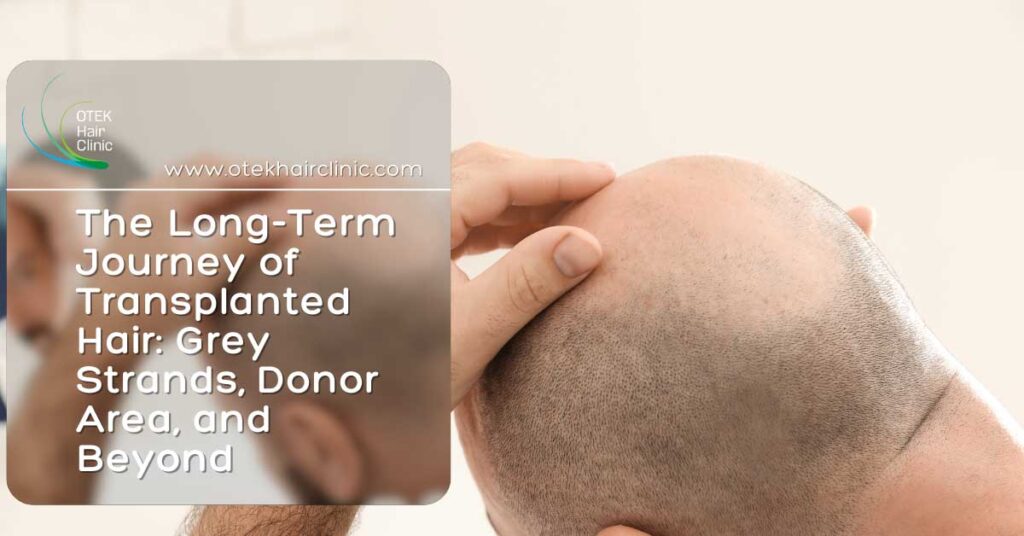When individuals opt for a hair transplant, they embark on a journey to regain their youthful locks and boost their self-confidence. However, questions often arise about the long-term outcomes of such procedures. In this article, we will explore the intriguing aspects of hair transplants, including the possibility of transplanted hair going grey, the changes that occur 10 years after a hair transplant, the fate of old hair post-transplant, and whether the donor area ever regains its former glory.
Does Transplanted Hair Go Grey?
One common concern is whether transplanted hair will eventually turn grey. The answer is not a simple yes or no. Transplanted hair tends to retain the characteristics of the donor area. If the hair in the donor area was grey before the transplant, the transplanted hair will also be grey. However, if the donor hair was still pigmented, the transplanted hair should maintain its color as well. Keep in mind that the aging process affects all hair, so some greying over time is natural.
What Happens 10 Years After a Hair Transplant?
Ten years post-transplant, many individuals continue to enjoy the benefits of their procedure. Their transplanted hair should still be thriving, although some minor thinning may occur due to the natural aging process. To maintain the best results, it’s crucial to follow your surgeon’s post-operative care instructions and consider potential touch-up procedures if needed.
What Happens to Old Hair After a Hair Transplant?
During a hair transplant, the surgeon removes hair follicles from the donor area and implants them into the balding areas. However, this process does not impact the fate of your old hair. The old hair, which is typically affected by male or female pattern baldness, remains unchanged. It is essential to continue appropriate hair care routines and treatments to support the overall health of your hair, both old and new.
Does Donor Area Grow Back?
The donor area, usually located at the back or sides of the head, is carefully chosen for its resilience to hair loss. After a hair transplant, the donor area does not regenerate hair in the sense that new hair follicles grow. Instead, the surrounding hair covers the extraction sites, making them virtually undetectable. Scarring is minimal and often not visible. Most individuals find that the donor area looks much the same as it did before the transplant.
In conclusion, a hair transplant can provide long-lasting and satisfying results. While transplanted hair may adopt the characteristics of the donor area, such as greying, it typically remains viable and healthy for many years. Ten years post-transplant, the results are often still impressive, though some minor thinning may occur. Remember that the procedure doesn’t affect the fate of your old hair, and the donor area should maintain its appearance. To ensure the best outcome, consult with a qualified surgeon, and follow their guidance for post-transplant care.
Call Us Today for FREE Consultations
ASK A QUESTION

